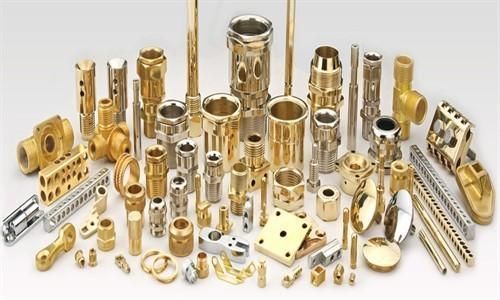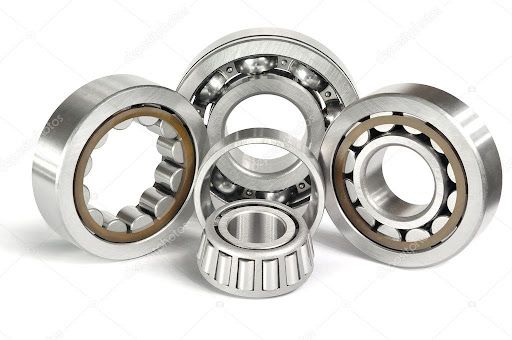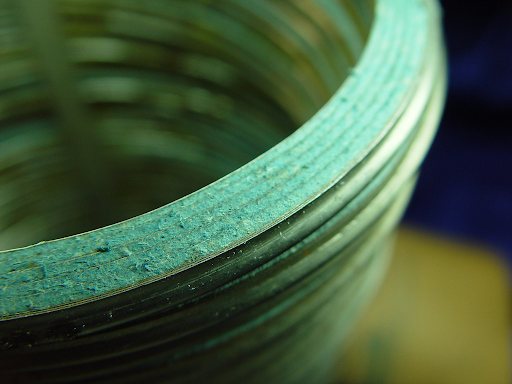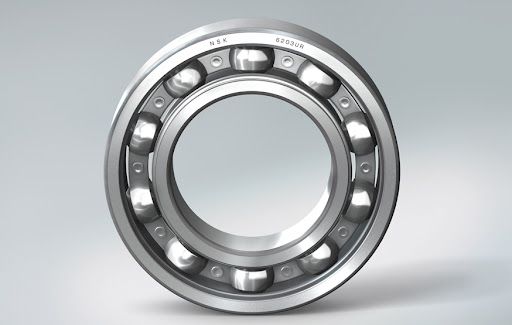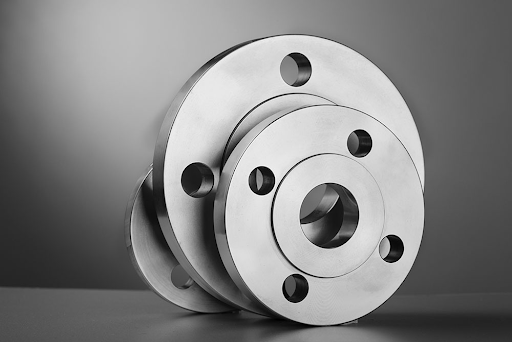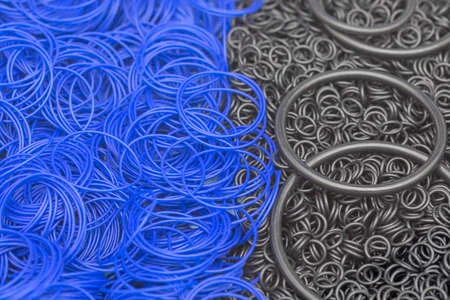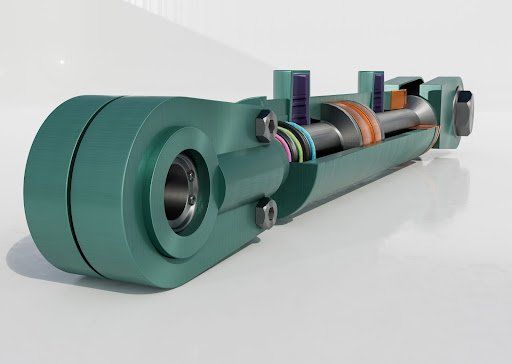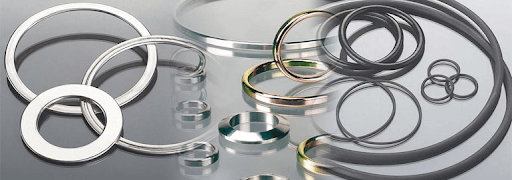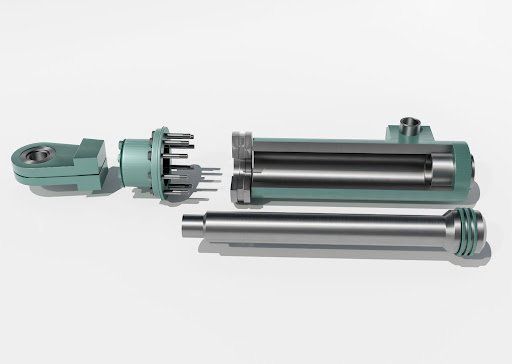Oil change in 30 minutes or less
Oil change in 30 minutes or less
An oil change need not be headache or require a lot of time, money or a wide range of equipment to use on the different machinery. Simplify the process and do away the usual frustrations of oil spills and potential injuries by utilising Parker’s QuickFit System.
An oil change usually involves a lot of struggling in tight engine compartments as workers grapple to use their tools effectively in narrow spaces, risking burns and other injuries. In addition, valves and hose connections often need to be accessed at multiple points, further increasing the risk of leaks and spills. All these challenges require extra time as well as training for each piece of equipment in the different vehicles in order to complete the process.
An easy solution
A cleaner and safer oil change can be completed using Parker’s QuickFit Oil Change System – and it can be done in under 30 minutes. The three-step process involves a QuickFit valve that connects directly from the vehicle to the final containment location, giving you absolute control over the process. This eliminates the risk of oil spills and safety hazards, which in turn lowers operating costs and increases profits by saving time and money spent on excessive training.
Change the oil in three easy steps
Step 1: Purge the filter. Attach the compressed air supply to the filter purge tool, then attach the purge tool to the QuickFit valve. Hold a lever on the filter purge tool for 10 seconds to push oil through the filter into the engine sump.
Step 2: Disconnect the filter purge tool, and the oil will be evacuated. Connect the waste oil hose with a FEM female quick coupler to the QuickFit valve, then turn on the waste oil pump to remove the oil from the engine sump. Replace the oil filter.
Step 3: Refill the engine with clean oil. Connect a clean oil hose with a FEM female quick coupler to the QuickFit valve and turn on the oil pump to refill clean oil through the new oil filter. Once it reaches capacity, disconnect the oil line.
Contact the Bearing Centre team today to find out how you can transform your facility into a cleaner, safer and more productive space.

